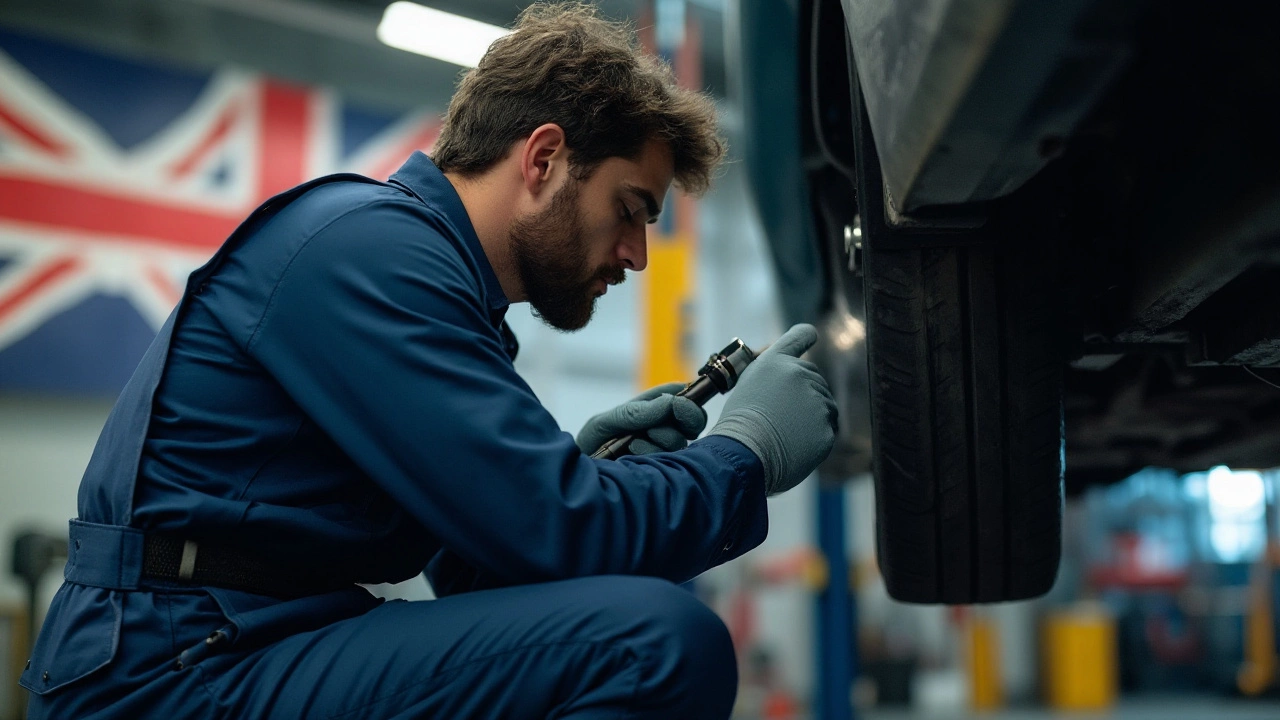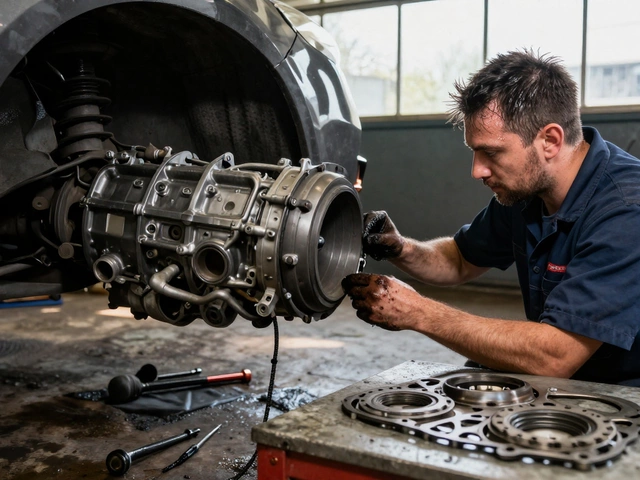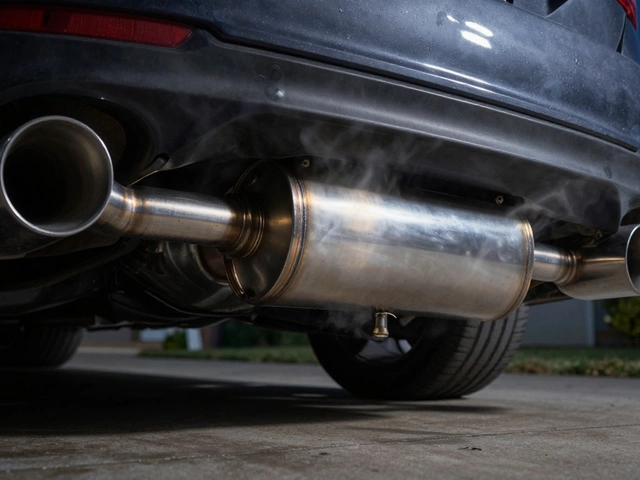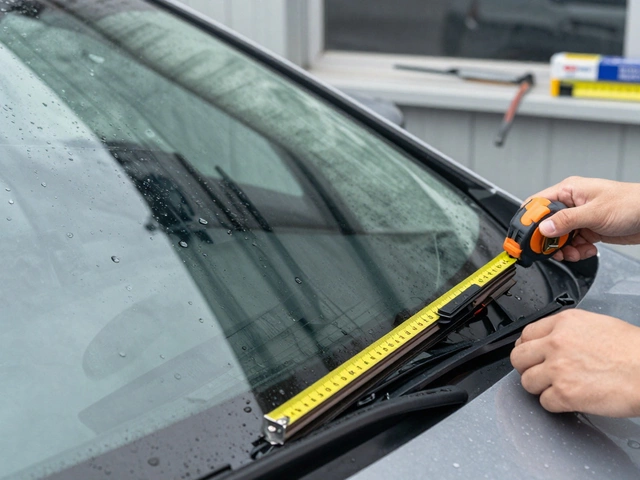Suspension Damage: Signs, Risks, and What to Do Next
When your car feels bouncy, pulls to one side, or makes clunking noises over bumps, you’re not just dealing with an annoying ride—you’re facing suspension damage, the breakdown of components that connect your wheels to the vehicle and absorb road impacts. Also known as worn suspension system, it’s one of the most overlooked but dangerous issues on the road. Ignoring it doesn’t just make your drive uncomfortable—it puts you at risk.
Suspension damage rarely shows up alone. It often links to bad shocks, damaged dampers that control how your car bounces after hitting a bump, or car suspension symptoms, like uneven tire wear, nose-diving when braking, or a steering wheel that vibrates. These aren’t just signs—they’re warnings. A failed shock absorber doesn’t just make your ride rough; it reduces tire contact with the road, which means longer stopping distances and less control in emergencies. And yes, as one of our posts shows, suspension problems can even affect your engine’s health over time by changing how weight shifts during acceleration and braking.
You don’t need to be a mechanic to spot trouble. If your car leans hard in turns, if you feel every crack in the road through the steering wheel, or if your tires are wearing unevenly on the inside or outside edges, your suspension is sending you a message. And if you’ve noticed your car sitting lower on one corner, that’s a broken spring—no guesswork needed. These aren’t minor issues you can delay. Every mile driven with damaged suspension increases wear on other parts: your tires, brakes, steering components, and even your alignment. The longer you wait, the more expensive it gets.
What you’ll find in the posts below isn’t theory—it’s real, practical advice from drivers who’ve been there. You’ll learn how to test your shocks at home, recognize when a simple repair turns into a full system replacement, and understand why suspension damage isn’t something to ignore just because the car still drives. Some posts break down the cost of repairs, others show you exactly what to look for under the car, and one even explains how bad suspension can quietly hurt your engine. No fluff. No jargon. Just what you need to know before you head to the garage—or before you risk your safety on the road.





